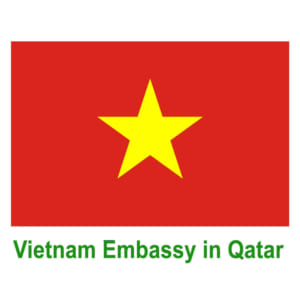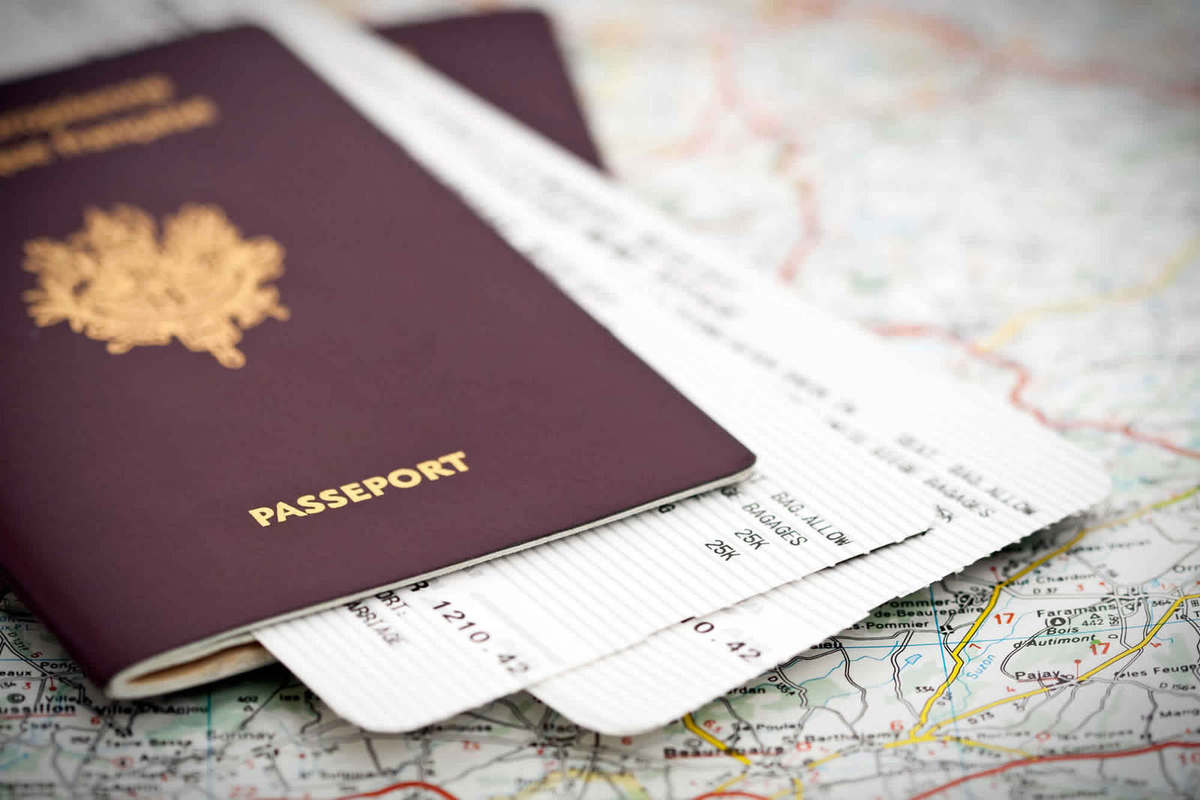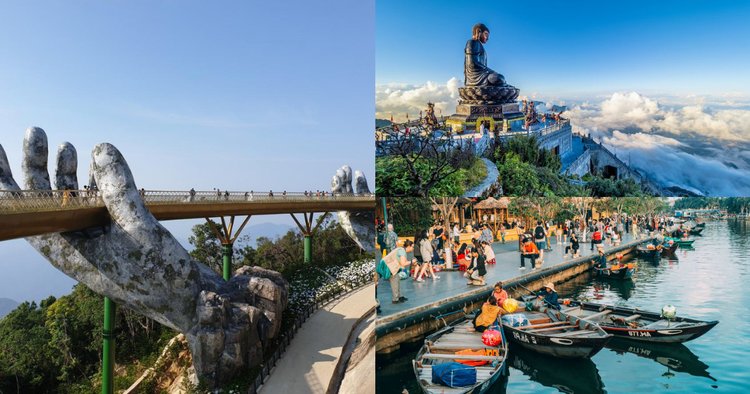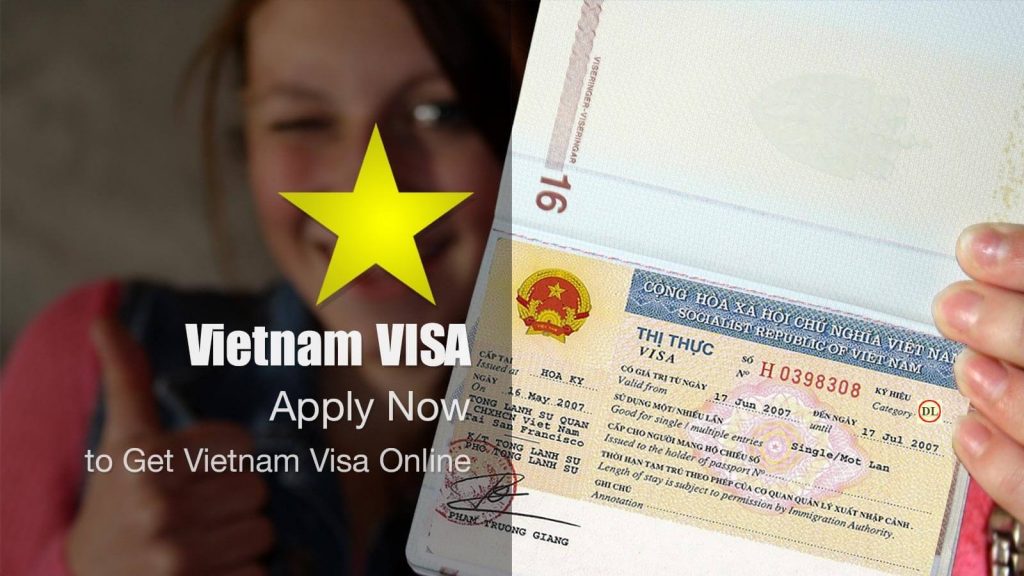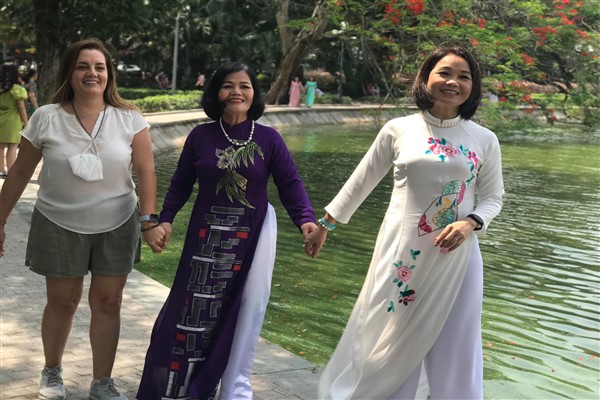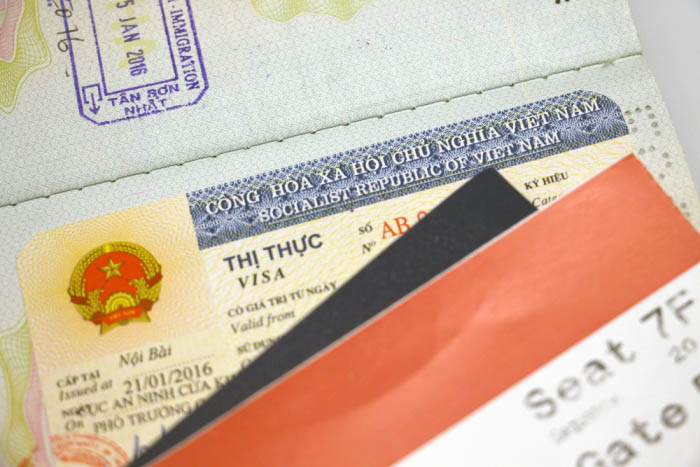
2023 Guide: Visa Vietnam Requirements, Types, Process, and More

If you are planning a trip to Vietnam, it is important to be aware of the country’s visa requirements. The process of obtaining a Visa Vietnam can be confusing, especially for first-time travelers. In this article, we will provide an overview of visa requirements, types, application process, fees, extensions, processing times, validity, and duration for Vietnam.
Visa Requirements for Vietnam
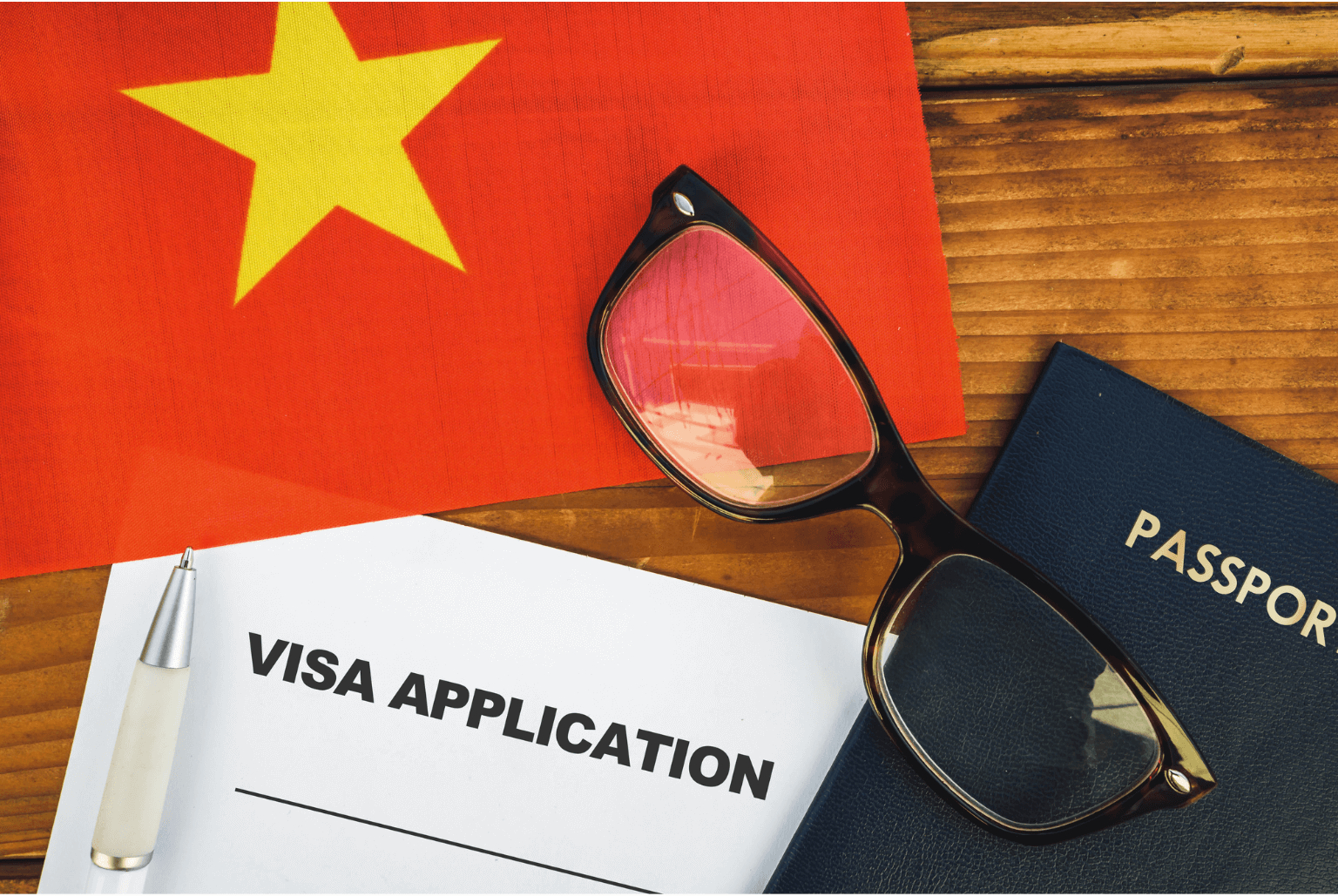
Before applying for a visa, you should first check if you need one. Citizens from many countries, including the United States, Canada, Australia, and most European countries, need a visa to enter Vietnam. However, there are some exceptions. Citizens of certain Southeast Asian countries, including Thailand, Laos, Malaysia, Singapore, and Indonesia, are allowed to enter Vietnam without a visa for a limited period.
Here are the general requirements for a Vietnam visa:
- A valid passport with at least six months of validity remaining
- A completed visa application form
- Two passport-sized photos (4×6 cm)
- Visa fee payment
It is important to note that some visa types may have additional requirements such as invitation letters or proof of accommodation.
Types of Visas for Vietnam
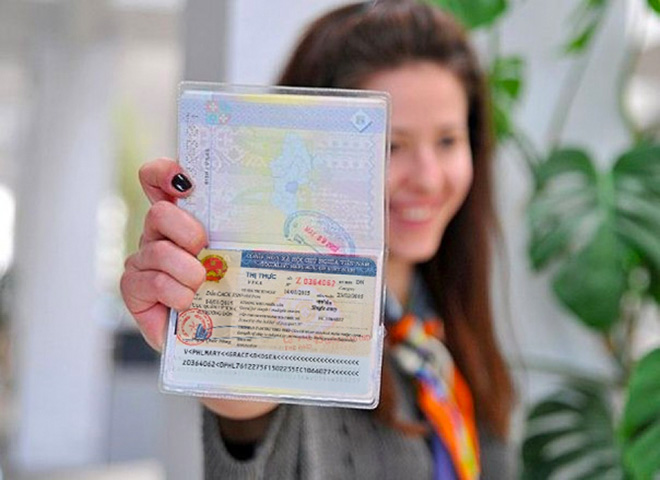
There are several types of visas available for those seeking entry into Vietnam. These include:
1. Tourist Visa
As the name suggests, a tourist visa is designed for visitors coming to Vietnam for tourism purposes. This type of visa is typically valid for up to 30 days and can be extended once for an additional 30 days.
2. Business Visa
Those traveling to Vietnam for business purposes, such as attending conferences or meetings, will need to obtain a business visa. This type of visa is valid for up to 12 months, with single or multiple entries allowed.
3. Student Visa
Students who plan to attend school in Vietnam will need to obtain a student visa. This type of visa is valid for up to 12 months and can be extended as needed.
4. Transit Visa
If you are traveling through Vietnam on your way to another destination, you may need to obtain a transit visa. This type of visa is typically valid for up to five days.
5. Work Visa
Those coming to Vietnam for work purposes will need to obtain a work visa. This type of visa is valid for up to 12 months and can be extended as necessary.
Vietnam Visa Application Process
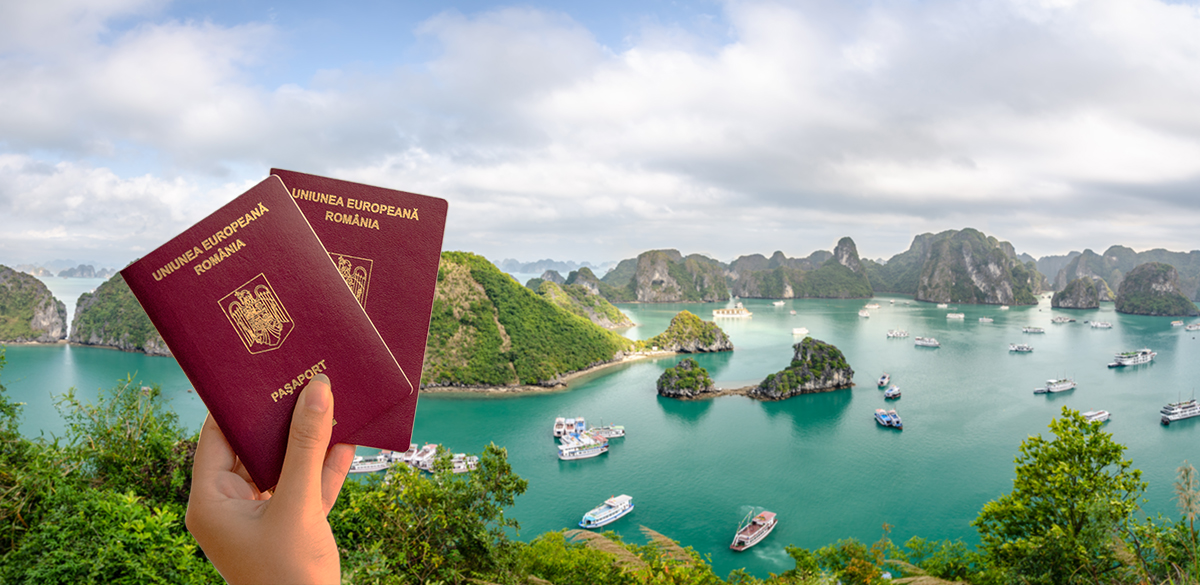
The process of obtaining a Vietnam visa can vary depending on your country of origin and the type of visa you need. Here’s a general overview of what you can expect:
- Determine which type of visa you need and gather all required documents.
- Submit your application and required documents to the nearest Vietnamese embassy or consulate. Some countries also allow online applications.
- Pay the visa fee.
- Wait for your visa to be processed. Processing times can vary depending on the type of visa and the embassy or consulate processing it.
- Once your visa is approved, you can travel to Vietnam.
Visa on Arrival for Vietnam
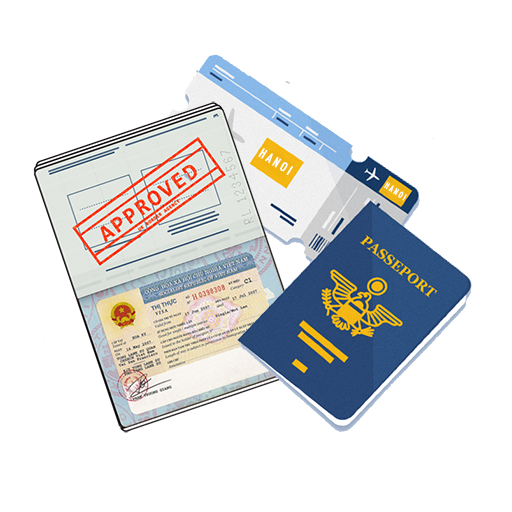
Visa on arrival (VOA) is another option for those traveling to Vietnam. This process allows travelers to obtain their visas upon arrival at one of Vietnam’s international airports. However, this option is only available for those arriving by air.
Here are the steps involved in obtaining a VOA:
- Apply for a VOA online before you depart for Vietnam.
- Receive an approval letter via email from the Vietnam Immigration Department.
- Print out the approval letter and bring it with you to Vietnam.
- Upon arrival at the airport, show your approval letter and pay the visa fee to receive your visa.
It is important to note that not all nationalities are eligible for VOA. Additionally, the process can be more time-consuming and expensive than obtaining a traditional visa, so it is important to weigh your options carefully.
Visa Exemption for Vietnam
As mentioned earlier, citizens of certain countries are eligible for visa exemption when traveling to Vietnam. The length of stay allowed without a visa can vary depending on the country. For example, citizens of Thailand and Indonesia can stay in Vietnam without a visa for up to 30 days.
Here are some other examples:
- Singapore, Malaysia, and Cambodia: Up to 30 days
- Philippines: Up to 21 days
- Japan, South Korea, Russia, and Denmark: Up to 15 days
It is important to note that while visa exemption may seem convenient, it is still important to have all necessary documents and proof of onward travel with you when entering Vietnam.
Vietnam e-Visa
The Vietnam e-Visa is an electronic visa that allows travelers to enter Vietnam for tourism or business purposes. This option is available to citizens of over 80 countries, including the United States, Canada, Australia, and most European countries.
Here are the steps involved in obtaining an e-Visa:
- Visit the Vietnam Immigration Department’s website and fill out the online application form.
- Upload a scanned copy of your passport and passport-sized photo.
- Pay the visa fee online using a credit or debit card.
- Wait for your e-Visa to be processed. Processing times can take up to three business days.
- Upon arrival in Vietnam, present your e-Visa and passport at immigration.
It is important to note that e-Visas are only valid for single-entry and for stays of up to 30 days.
Visa Fees for Vietnam
The cost of a Vietnam visa can vary depending on the type of visa you need, your country of origin, and where you apply. Generally, fees range from $25 USD for a tourist visa to $135 USD for a multiple-entry business visa. The cost of a VOA can also vary, with fees ranging from $6 USD for a one-month single-entry visa to $135 USD for a multiple-entry visa valid for up to one year.
It is important to note that there may be additional fees for expedited processing or other services. Be sure to check with your local embassy or consulate for specific pricing information.
Visa Extensions in Vietnam
If you need to stay in Vietnam longer than your visa allows, you may be able to extend your stay. However, this process can be time-consuming and expensive, so it is recommended that you plan ahead and apply for a visa that will cover your entire stay.
To extend your visa, you will need to visit the Vietnam Immigration Department in person and submit an application. You will also need to provide a reason for your extended stay, such as work or family reasons.
Vietnam Visa Processing Time
The processing time for a Vietnam visa can vary depending on the type of visa and where you apply. Traditional visa applications can take anywhere from two to five business days to process, while e-Visas can take up to three business days. VOA processing times can also vary, but are generally faster than traditional visas.
It is important to plan ahead and apply for your visa with enough time before your trip to avoid any delays or issues with travel plans.
Vietnam Visa Validity and Duration
The validity and duration of your Vietnam visa can vary depending on the type of visa you obtain. Tourist visas are typically valid for up to 30 days, while business visas can be valid for up to 12 months. Student visas are also valid for up to 12 months, but can be extended as needed.
It is important to note that some visas may allow for multiple entries, while others only allow for single entry. It is also important to be aware of the expiration date of your visa and to leave Vietnam before this date to avoid any issues with overstaying.
Conclusion
Obtaining a visa for Vietnam can seem daunting at first, but with a little research and preparation, it can be a straightforward process. Be sure to check the specific requirements and regulations for your country of origin and the type of visa you need. With the right documentation and planning, you can enjoy a stress-free trip to Vietnam.
